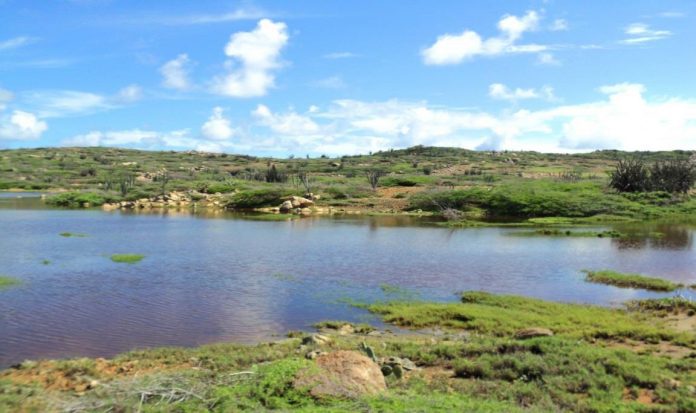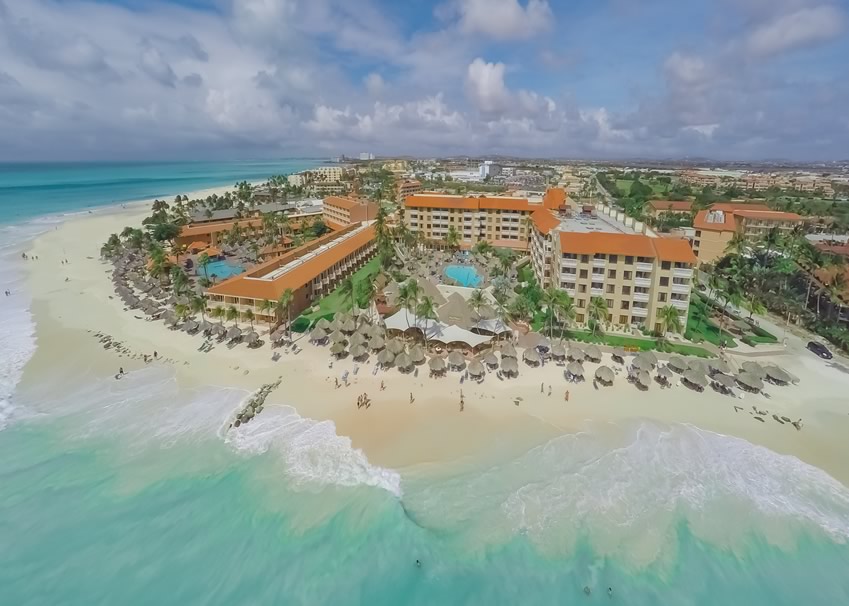It would be yesterday if we ask Pachamama in terms of her existence so to speak, since the last ice age melt down took place. However this was what is believed to have opened new hunting territory and navigable waters for the early archaic hunter, explorer and exploiter.
Endurance and intrepidness had found the means of a pretty good life, however very mobile and on a constant move when it was time to pick up camp. But if food and resource were in abundance the urge to move became less necessary. In other words they were a semi nomadic people of convenience that exploited the available goods and supply in a specific area or zone. In this aspect the island must have been very attractive to come back after one season or more, discovering the plenty the island had to offer in those early days. It must have provided also a peaceful existence and plenty of leisure time, with medium and small game, marine animals, and batholite boulders that offer great shelter but most important there were fresh water reservoirs that offered yearlong sustainable clean and fresh water supplies.
Early tool technology
Technological similarities between the stone tools elaboration of North America Paleo-Natives and of their South American cousins is an evident beyond any reasonable doubt and unlikely that simple bifacial worked, stone projectile points would have been invented independently during the same period in time, on both continents. It is inconceivable that this would have happened. Rather than representing cultures divergent on a major time scale, the early Paleo-Indian lithic industries in South America are fairly closely and obviously tied to North American antecedents. Other specialized artifacts of the early industries are also nearly identical, such as snub-nosed end scrapers, thumbnail scrapers, gravers, notched tools, bifacial knife-scrapers, and flake scrapers with retouch from alternate sides.
Artifacts made out of local stone, shells coral and bones were found in shell maidens, burials while rock art sites scattered on the island composes the majority of what can be considered scarce teachings for generations, evidence that constitutes the record for this time in human history. Just as in other places.Stones and rocks where in abundance everywhere on the island. Each different lithic material was applied according to their strength and conditions. Some of them where transformed into weights for fishing nets, sling shots, boleadoras, color pigments, arrow heads, axes and scrapers among other. Local bifacial series present some common features, but are chiefly characterized by range in diversity of blank types, whereas the heavy-duty component presents in the material to fabricate bifacial axes that wherelimited to specific island quarries.
The blueish original color Pic 2, where this bifacial axe is chipped recently, contrasts the lighter color shown on the entire exterior represents thousands of years exposed to the elements, since the time it was dropped or left there on the floor obtaining its patina.
Interpreting century’s old information recollected with the goal of study and analyzes, is why lithic utensils, pollen, animal bones and burial grounds are excavated is all about. In various places on the island archaic hunters activities was present. However it takes a trained eye to read the earth`s surface for clues. Finding evidence to support the theory that the Paleolithic man had to dedicate himself and master various tasks and technics in order to conquer his environment is essential.
We trust that as scientific disciplines applied technologies become more and more accurate as well as accessible new findings will reveal an unimaginable window of discoveries. Separating the did`s and did nots during the Paleo hunters travels in the Pan Caribbean area and more precisely Aruba.
Now it is to imagine nomadic family groups, bands and clans of approximately 30 individuals, arriving in dub out canoes with animals and vegetation that was not here before practicing and primitive agro culture. Also prime materials were imported in the form of chert since it was not viable on the island. Family groups of ages between 47 for those who have seen better day to a new born. Excavation production can tells us a lot regarding health and believes height, what they ate, etc. in what conditions they must had survived locally. One of these excavated sites is Malmok.
Source; Island Insight Column by Etnia Nativa.

















